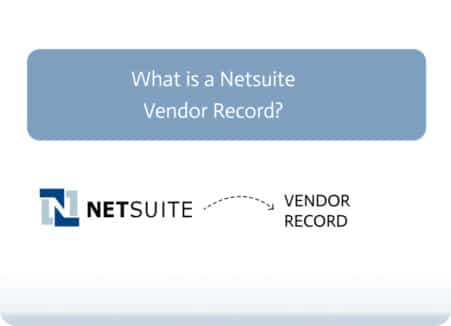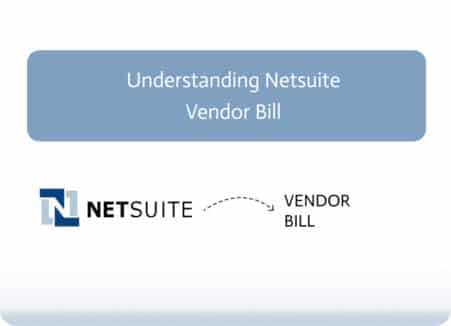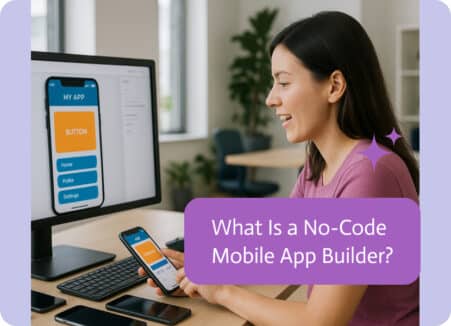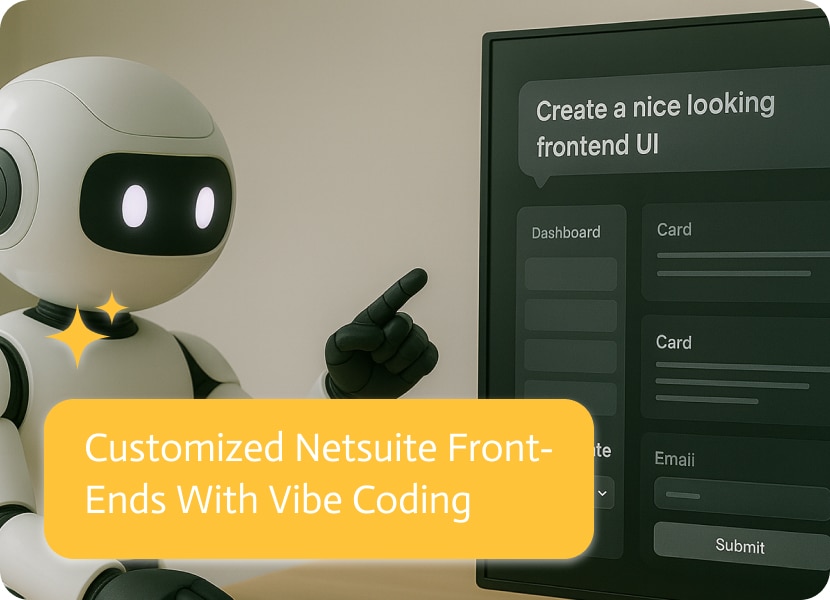
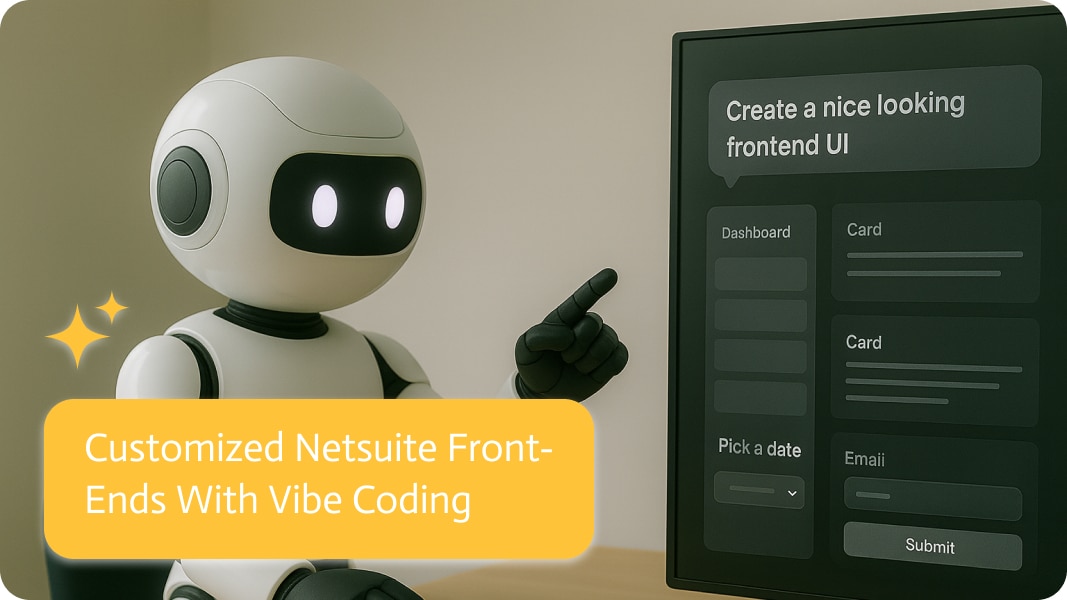
Vibe Code Frontend Apps on Top of Existing CRMs with Noca
If there’s one thing businesses have learned over the last decade, it’s that CRMs like Salesforce are both indispensable and maddening at the same time. On the one hand, they’re the core of sales and marketing teams, housing leads, opportunities, contacts, and all the data needed to fuel customer growth. On the other hand, they are notorious for being bloated, generic, and often frustratingly inflexible.
CRMs try to be everything to everyone. A global enterprise and a scrappy startup will often be looking at the exact same dashboard layouts, same reports, and same clunky workflows. While vendors allow some customization, the reality is that most teams end up working around the system instead of making the system truly work for them. That’s where vibe coding, especially with Noca, enters the picture.
A vibe coding AI agent is a way to build applications by simply describing, in your language, what you need — no code, no struggling with drag-and-drop tools. You tell the system your intent: “I want a web application via prompt displaying opportunities by region for the enterprise sales team, with a drill-down into accounts that have been inactive for 90 days.” Noca’s engine translates that intent into a fully functional, integrated frontend app layered seamlessly on top of your CRM.
This is not just a faster way to build apps, it’s a paradigm shift — it changes how businesses use their data.
CRM Customization Problems and Limitations
Most CRMs offer a standard frontend experience, such as dashboards and pages designed to handle the “average” user’s needs. The problem? No one is average. A marketing manager needs different insights than a sales rep, who in turn needs something entirely different from a customer success lead. Yet all of them log into the same system, often wading through tabs, irrelevant widgets, and mountains of data just to get to the one thing they need.
The more complex the organization, the worse this problem becomes. Enterprise teams have dozens of departments and hundreds of roles but must use a relatively standard interface. What ends up happening is a proliferation of spreadsheets, shadow IT apps, and offline tracking systems, and all because the CRM itself is too generic.
Businesses already hold a lot of data, but need a better, more specific method of seeing that data. Noca provides this with vibe-coded frontend apps.
Vibe Coding Benefits for CRM Frontend Apps
Traditional customization methods like hiring developers to code a Salesforce Lightning app or spending weeks configuring HubSpot workflows are costly and time-consuming. They also don’t need to be wizards, something most business teams don’t have.
Vibe coding flips that on its head. With Noca, the person closest to the problem can define the solution. A sales operations manager, for example, doesn’t need to know JavaScript or Apex to get a new dashboard; they just describe the need in everyday language. Noca’s platform then generates an application, fully integrated with the existing CRM backend, that matches that description.
The three immediate advantages:
- Speed: Apps can be created in minutes rather than weeks or months.
- Precision: Since requests come directly from the business team, the output is designed to the task at hand, instead of filtered through layers of developers or consultants.
- Adaptability: When conditions change, say a campaign focus shifts, or sales pipeline stages evolve, the frontend can be updated just as fast by teams.
The result isn’t a generic “CRM interface” but dozens of micro-apps and dashboards, each tuned for a specific purpose.
Customized Dashboards
Think about how sales teams normally use Salesforce. A typical rep might see a dashboard with dozens of metrics: opportunities by stage, forecast summaries, pipeline charts, and activity feeds. Useful? Yes. Overwhelming? Also yes, but most of those metrics don’t apply directly to what that rep needs day-to-day.
With vibe coding, Noca allows a specific role to have a dashboard that represents their priorities.
- A new business rep might get a clean view showing only their open opportunities, ordered by size and urgency, with quick links to recent communications.
- An account manager could have a retention-focused dashboard, surfacing at-risk customers with declining activity, renewal dates, and tickets.
- The regional VP could have a higher-level dashboard, displaying performance across multiple territories and highlighting where quotas are at risk.
All of these dashboards pull from the same CRM data, but the frontend is designed to be as specific as the role requires. That precision dramatically cuts down on the “signal-to-noise” ratio, making CRM tools less of a burden, not to mention easier to interact with.
Marketing Dashboards with Vibe Code Apps
Sales isn’t the only beneficiary here. Marketing teams juggle multiple campaigns, each with different KPIs, and while CRMs usually provide campaign reporting, it tends to be rigid and generalized. A marketer may want to compare email open rates alongside webinar attendance and lead-to-opportunity conversions, all within the same dashboard, but standard CRM reporting won’t allow it without advanced configuration.
With vibe coding, a manager needs to simply describe the ideal view: “Show me leads generated by the Q3 product release campaign, broken down by source, and track which have been converted into opportunities.” Within minutes, Noca generates that dashboard, tied directly to the underlying CRM records.
This ability to spin up campaign-specific dashboards on the fly not only improves reporting but also promotes agility. Teams have the option to test, knowing they can check performance in a method designed for them, instead of waiting for a BI developer to create a report weeks later.
Increased Efficiency Outside of Dashboards
While dashboards are a natural starting point, vibe coding goes a step further than just data visualization. Noca can also build interactive apps on top of CRMs that make workflows easier. For example:
- A lead triage app that automatically routes leads to the right rep based on region, deal size, or product interest, with a simplified frontend for quick assignment.
- A case management view tailored for support staff, surfacing the most urgent cases first, as well as embedding customer history for context.
- A partner portal frontend that pulls CRM data, shows it in a partner-friendly layout, hiding unnecessary internal fields and promoting teamwork.
These applications are not separated from your CRM, they sit on top of it, providing customized entry points in line with your business needs.
Integrated Frontend Apps on CRMs
Some argue, “Why not just use a standalone no-code app builder?” It’s a fair question. The difference is integration. Many no-code tools can build great standalone apps, but most of the time they’ll need to use complex connectors or middleware to sync information with a CRM. That adds latency, risk, and administrative overhead.
Noca takes a direct-integration approach. The vibe-coded apps are not “bolted on,” they are part of the CRM ecosystem itself, reading and writing information as it happens. With prompt to chat bot, businesses can also guide conversational AI interactions to pull or push data directly within the CRM, making workflows even more seamless. Meaning, when a rep updates an opportunity in their dashboard, that change is instantly shown in the core Salesforce database. No syncing, duplicates, or version control headaches.
This tight integration is important to keep data reliable. Businesses can enjoy flexible custom frontends without sacrificing the reliability of a centralized system of record.
Real-World Impact
Here’s the situation: Imagine a mid-sized SaaS company running Salesforce. Their sales reps complain about the cluttered interface, and the marketing team finds it hard to collect campaign-level information quickly. Traditionally, leadership would hire Salesforce consultants, spend thousands to customize, and wait months for results.
Instead, the company adopts Noca. In week one, they vibe-code a new sales dashboard tailored for reps, surfacing only active opportunities and priority jobs. Reps immediately save time navigating Salesforce. In week two, the marketing manager spins up a custom campaign dashboard tracking webinar-to-opportunity conversions. Within a month, both teams are operating on relevant, streamlined frontends.
The impact? Productivity improves, CRM adoption increases (since the system is no longer a daily frustration), and decision-making speeds up thanks to visibility.
Looking Ahead
We are entering a phase where CRMs are no longer “one-size-fits-all backbones” but rather data engines that feed into many purpose-built frontends. Vibe coding accelerates this by democratizing app creation.
Looking ahead, impressive ways to use CRMs:
- Dynamic apps that change based on business conditions (e.g., a dashboard that automatically reconfigures when a new product is released).
- Cross-platform frontends that unify CRM information with ERP, giving teams a holistic view.
- AI-enhanced insights display CRM data but also suggest what to do next or highlight anomalies before people even notice them.
For businesses, the CRM finally becomes what it was always meant to be: a flexible, adaptive hub for managing relationships, not a rigid cage.
Final Thoughts
Vibe coding with Noca gives businesses the ability to mold CRMs to fit their requirements without the pain of coding or the compromise of generic dashboards. By layering custom frontend apps directly on top of existing systems, they’ll boost efficiency, create specific experiences for every role, and finally connect data abundance with actionable insight.
With Prompt to Flow, teams can turn simple instructions into these tailored workflows and dashboards quickly, making CRM customization faster and more intuitive.
In the end, CRMs are not being replaced, but reshaping how we use them. Instead of bending teams to fit the CRM, vibe coding allows it to bend to your needs.
